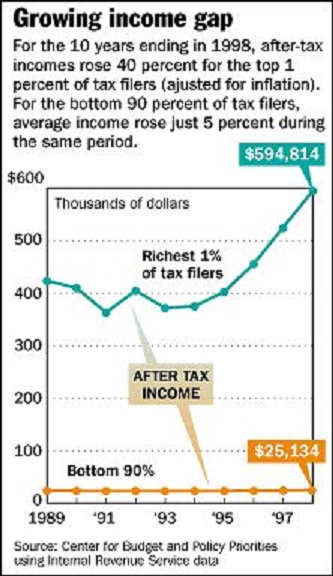httpv://www.youtube.com/watch?v=FlsF_ZLpNHY
Alice interviewed at the Vancouver International Authors’ Festival in October 2009 on the occasion of the publication of her latest collection of stories, Too Much Happiness.
Today is Alice Munro‘s 79th birthday.
Frye in “Culture and Society in Ontario, 1784-1984”:
….[T]he [Bildungsroman] theme seems to have an unusual intensity for Ontario writers: the best and most skillful of them, including Robertson Davies and Alice Munro, continue to employ a great deal of what is essentially the Stephen Leacock Mariposa theme, however different in tone. Most such books take us from the first to the second birth of the central character. Childhood and adolescence are passed in a small town or village, then a final initiation, often a sexual one, marks the entry into a more complex social contract. (CW 12, 621)
In any case, as we saw, prose in Ontario began with the documentary realism of journals and memoirs, and when fiction developed, that was the tradition it recaptured. Documents, when not government reports, tend to have short units, and the fact may account for the curious ascendancy in Canadian fiction of the novel which consists of sequence of interrelated short stories. This form is the favorite of Alice Munro, and reaches a dazzling technical virtuosity in Lives of Girls and Women. (ibid., 624)
In “‘Condominium Mentality’ in CanLit,” an interview with the University of Toronto Bulletin, February 1990:
O’Brien: Which Canadian writers are you most enthusiastic about?
Frye: The obvious people: Peggy Atwood, Robertson Davies, Alice Munro, Timothy Findlay, Mordecai Richler, . . . especially Alice Munro, who seems to be a twentieth-century Jane Austen. (CW 24, 1037)
Munro’s “The Bear Came Over the Mountain” (1999) in the New Yorker here.
